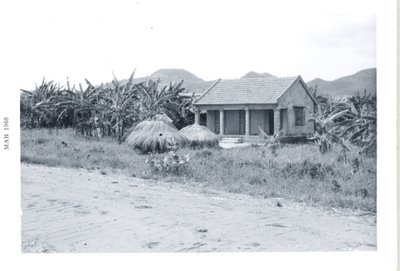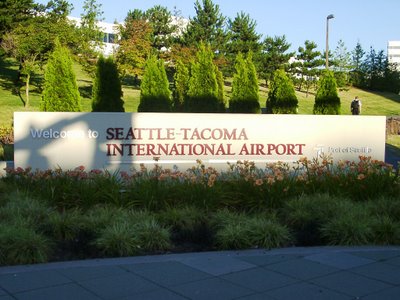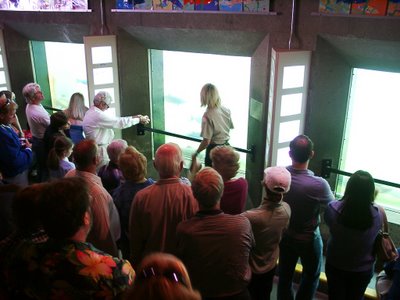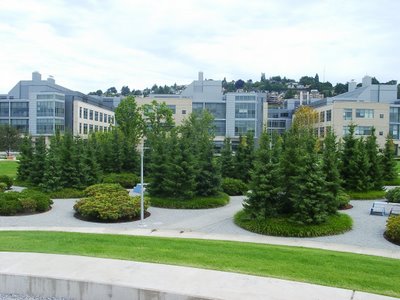Young Soldiers

The top picture is me (in shirt) standing beside PFC. Rodriquez, a friend in the same platoon as me. He arrived in Vietnam a few weeks before me and was assigned to carry an M-60 machine gun. He was from Mexico if I remember correctly. I served along side soldiers who were from Mexico, Puerto Rico, Guam, and the Philippines. During my basic training at Fort Gordon, I visited the fort's swimming pool one Sunday afternoon and heard most soldiers at the pool speaking Spanish. I believed they were bilingual and chose to speak in their native tongue when together socially because on duty they spoke English.
Some young people from foreign countries serve in the U. S. Military to help secure U. S. citizenship. An honorable discharge from the military goes a long way toward gaining the highly sought U. S. citizen status.
Rodriguez was very strong and carried heavy loads for long distances. The M-60 and ammo were heavy. Other squad members assisted in carrying machine gun ammo belts.
These belts crossed our shoulders and dangled under opposite arms. Every fifth round was a tracer which glowed when this high velocity, long-range shell was fired. This visible trajectory assisted the gunner to zero on the target. It was amazing to watch these tracer rounds, especially at night.
A squad is made up of 8 to 10 soldiers including the non-commissioned officer. When our squad walked trails or roads on patrol, Rodriguez was near the center of the line-up. There was a point person to lead the formation and a rear guard was the last person.
When we were ambushed or received enemy fire, we immediately hit the ground in the prone position and crawled to protective cover and then returned fire. When Rodriguez got in position, he laid down a barrage of machine gun fire to cover our squad as we advanced toward the enemy. Then we fired our M-16 assault rifle to cover his advance to keep in line with us. He also fired the machine gun from his hip when necessary.
The picture below shows two squad members. I was with these guys for almost a year, but I don't remember their names. The one holding the rifle was a sniper. He used a special rifle and had received advanced marksmanship training. We were in the rear area in Tuy Hoa when this picture was made.
We slept in the tents in the background when we returned from missions. While on missions, we camped on the ground with no cover and slept in two hour shifts. Two hours of sleep alternating with two hours awake for the duration of the night.
This secured area is where we rested, bathed, and prepared for the next mission.
The bottom picture is Rodriguez again. I wonder where he is today.
Return here on Friday, September 1 for an update.
Have a good day!
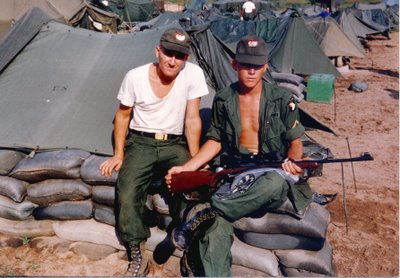

Labels: Vietnam








